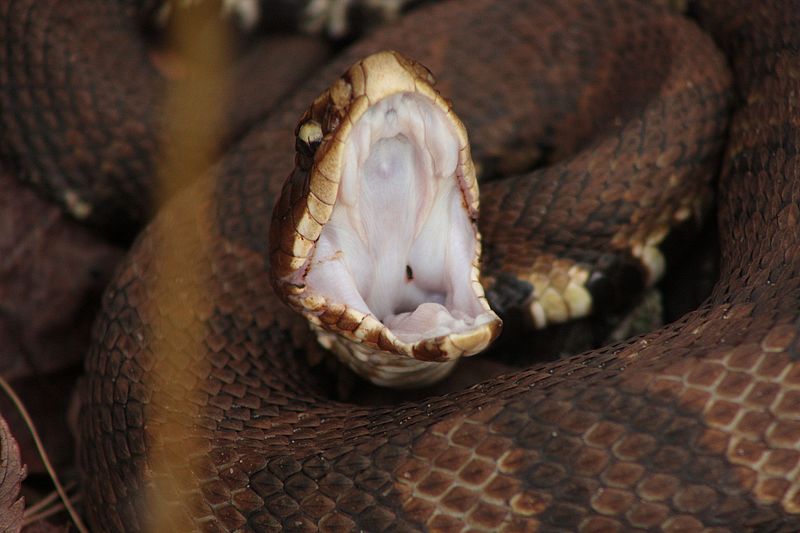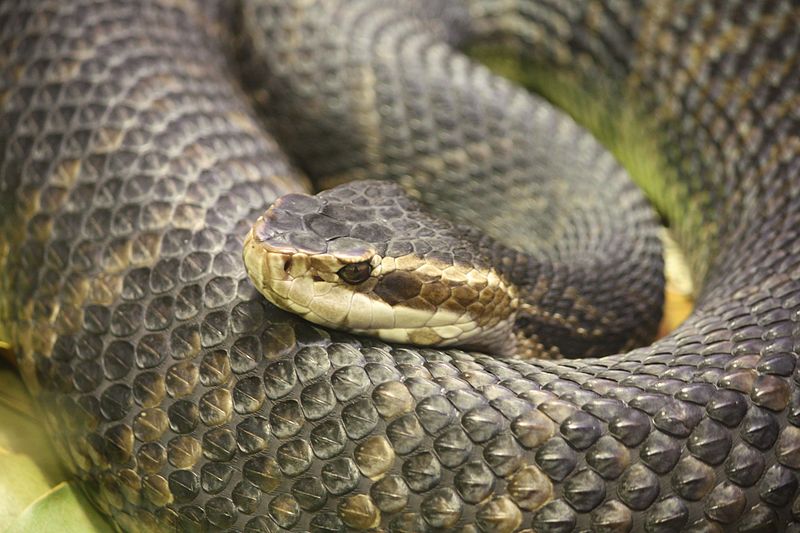
Sunshine sticks around for your Sunday, tracking rain by midweek
The Weather Authority says another beautiful day is in store across Southwest Florida, with highs reaching around 80 degrees on Sunday afternoon.

At this time of year, you may begin to see more snakes slithering around your home. A local expert explains why that is, how you can tell if the snakes are venomous, and what to do if they are.
April showers bring more than May flowers—in Florida, they also bring snakes.

“As the rain picks up, and some wetlands start to fill up, snakes need to get on the move to find a new place to stay high and dry, maybe to find water and maybe to find some prey animals,” said Ella Guedouar, a graduate snake biologist at Florida Gulf Coast University.
A high and dry location could well be your home. Guedouar identified one fearsome specimen, recently captured by a man named Mike Falcone in a Fort Myers neighborhood, as a cottonmouth, roughly two years old.
“That is a venomous viper; it’s a watersnake,” Guedouar said. “You can kind of see this band on the eye, and the triangle-shaped head is a good way to tell what that is.”
Another reason you may notice a more active snake population in the coming weeks: The adults will be out looking for mates.

“We’re coming to the end of mating season, so we’re seeing a lot of activity with snakes because they’re looking for their mates, just trying to get that in while the weather’s good,” Guedouar said. “Because then the females do need time to go find a nice place to lay their eggs or give birth.”
The egg-laying won’t happen until the end of summer, but for now, they’re hitting the streets.
Guedouar says the two venomous snakes you’re most likely to see are cottonmouths (also known as water moccasins) and eastern diamondback rattlesnakes.
“The way that you can tell those is the diamondback is gonna be this really big snake with diamonds on its back and a rattle at the end,” Guedouar said.
A lot of non-venomous snakes, however, have evolved to resemble venomous species to ward off predators. And some venomous snakes change their appearance as they age.
“The best rule of thumb is just to not touch a snake, especially if you don’t know what it is,” Guedouar said. “In the case of the cottonmouth, they are lighter colored as juveniles, and then as they grow bigger, they’ll get fatter and darker colored.”
The eastern diamondback rattlesnake looks roughly the same its whole life. And if they end up on your property, Guedouar says not to reach for a shovel.
”You can spray it with the hose; they do not like being sprayed in the face with water,” Guedouar said. “That’s a safe distance for you to be from the snake and get it to move away, or take a broom and push it away.”
As much as you may want to keep snakes away, the biologist stresses their importance in our environment.
“I get the safety concern because it can be a concern for little kids or dogs that are in the yard, but the reality is they are here; we are on their land,” Guedouar said. “We need to learn to live with them… From my experience working with snakes, the snakes are so much more afraid of you than we are afraid of them. “
You can also reach out to FGCU’s snake team at swflrattlesnakes@gmail.com to have snakes removed for free.